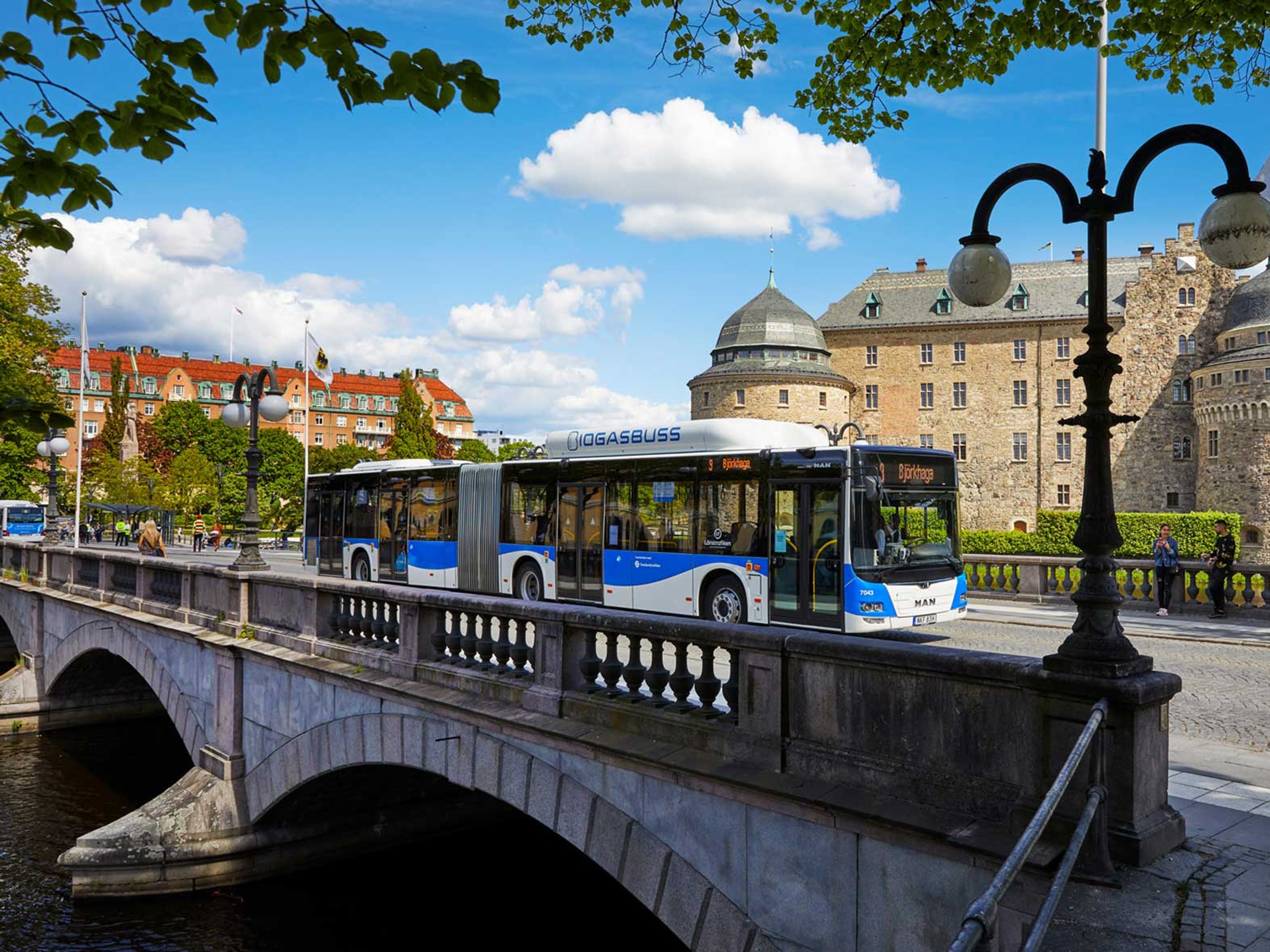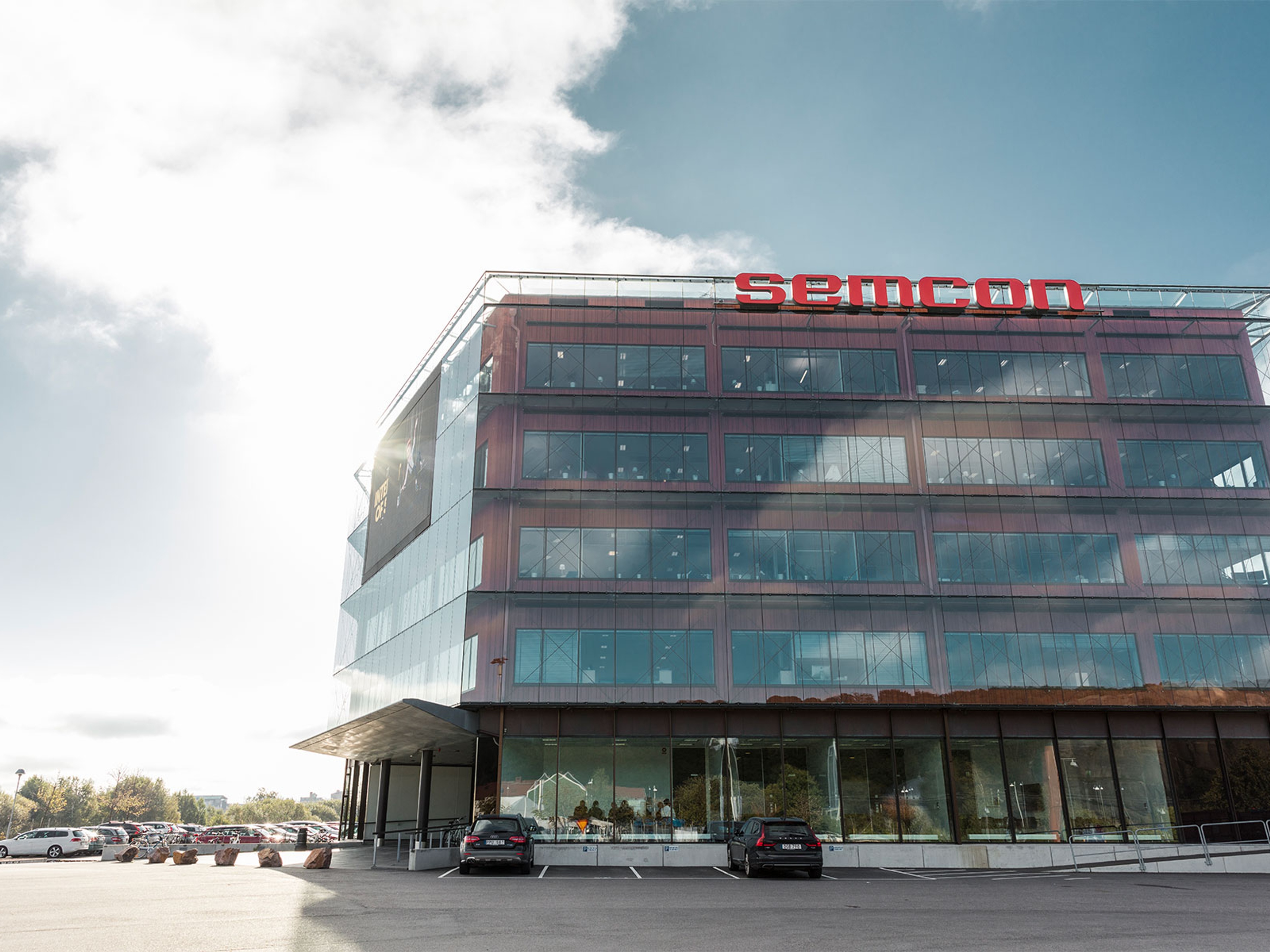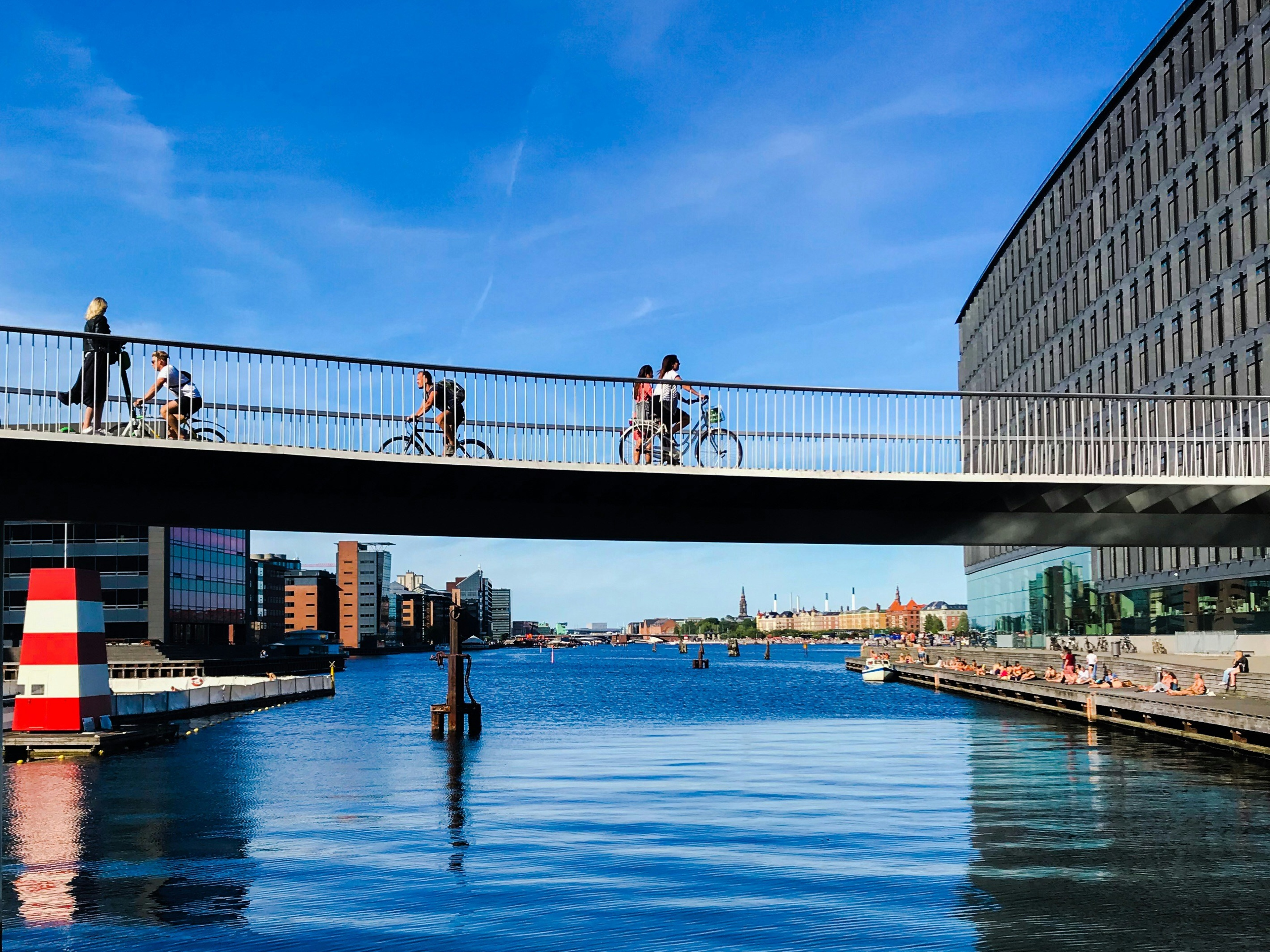News.
Here you can find current news and press releases from us at Semcon. A complete library of all press releases is available in our Cision news room, along with our media library (including regulatory press releases until November 2022 when Semcon was de-listed from Nasdaq Stockholm). If you are looking for specific material that you can’t find, please contact us.
Semcon's news room at Cision
For a complete history of all our press releases please visit our news room at Cision.
Media Library
Press images and all other documents can be found in our media library at Cision.
Showing 1 - 12 of 48 articles












